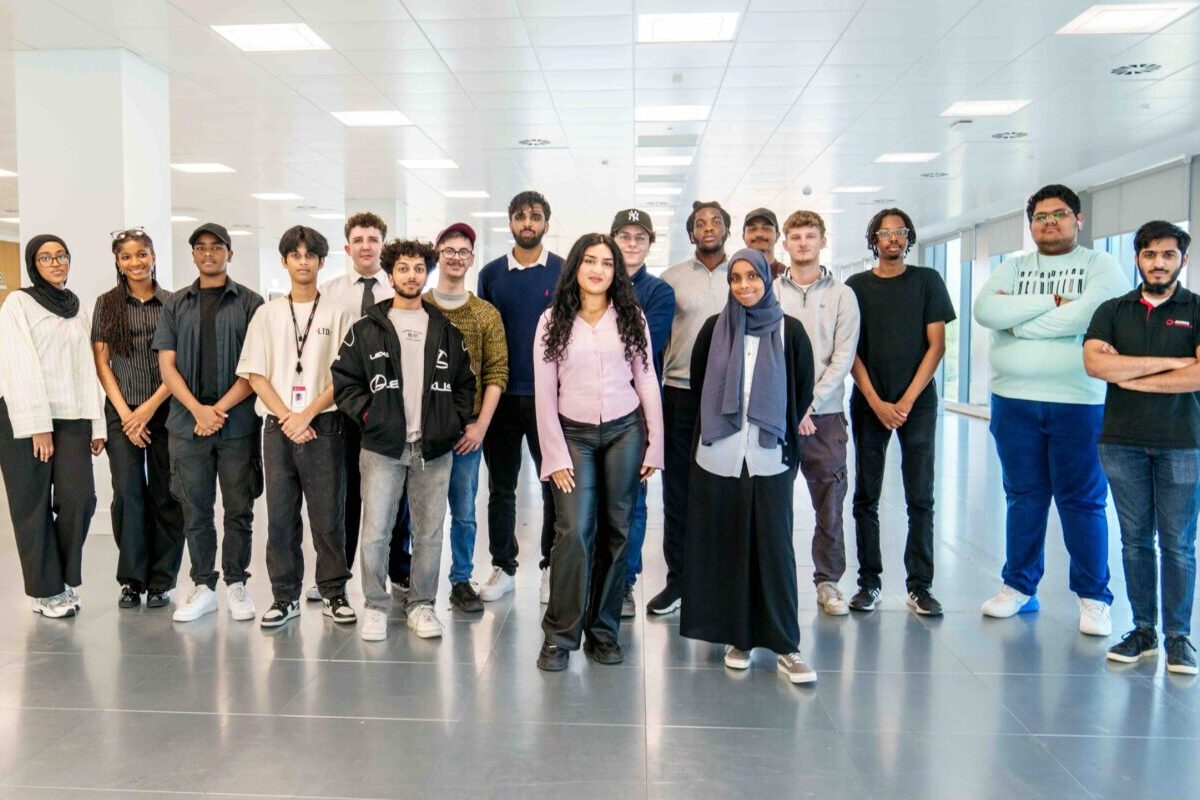Executing agile skills and learning development in the workplace

Being able to execute brilliantly in new and unexpected ways within talent management is often the difference between success and failure. According to Fosway’s Skill Research, just 45% of companies believe they are good at understanding the skills profile of their organisation. It is clear agility is key to skills development, with 93% of employees in agile business units reporting better operational performance, compared to non-agile ones. Every human resources department in 2022 is concentrated on developing the right approach to challenge the learning and skills gap.
The skills landscape has been shaken up tremendously, with many organisations struggling to attract and retain staff. The critical significance of talent mobility has also significantly increased, especially with the ‘hard to fill’ vacancies mounting across every industry.
Embracing skills intelligence
The approach best suited for many organisations is to develop their own skills internally by retraining existing employees to grow and development the skills best suited for what they need now. Knowing what you have within the organisation, and how best to deploy these capabilities to integrate skills-sets across the board, will improve and accelerate business capabilities overall. The key to unleashing the full potential of the workforce is skills intelligence. How can this be achieved? By identifying, validating, and matching existing skills gaps to pair employees with opportunities. In the past, these skills audits were manual, assessing skills libraries and relying on employees’ personal efforts to develop careers, rather than being powered by technology.
Acceleration in artificial intelligence means that organisations no longer have to laboriously sift manually through skills libraries and ontologies, but rather let the tech do the heavy lifting . Maturity in skills intelligence is historically low across organisations. As little as 5% of companies believe they are effective at matching employees to new opportunities. In a time of ‘The Great Resignation’, there is certainly more room for improvement in delivering successful outcomes for employees and closing skills gaps. It’s time we move on from the ‘great resignation’ and instead focus on ‘the great reprioritisation’ – what are the skills of tomorrow and how can we train our workforce accordingly?
The building block of great learning and development
Adopting the mindset of more democratic and open growth in turn enables a more agile organisation, with empowered employees ready to make free, ambitious decisions on which projects and learning and development to choose. The ability of artificial intelligence, such as the Cornerstone Xplor skills-based platform, allows the learning journey to be more seamless, with tech inferring and validating skills. Skills gaps, such as the digital skills gap, can be assessed instantly and automatically, with proactive and inclusive recommendations made to individuals for the best learning and development opportunities. Work smarter, not harder to ensure nobody’s job becomes stagnant or employees become disengaged.
The learning loop of an employee should always be continuous, agile and adaptative to move through work and promotions seamlessly, embracing each individual’s strengths along the way. Looking at this holistically is particularly helpful; how an employee does their work, how do they work with others, and their customised likes and dislikes alongside their aspirations and goals. Creating these individualised profiles will drive more personalised and empowered workforces, ready to take responsibility for their own learning and development and career choices.
Future-proofing your workforce
Embracing and unleashing in-house skills and capabilities to relocate talent fast will foster connection and collaboration between people. All these building blocks of great learning and development alongside internal mobility and upskilling are becoming a vital part of the strategy to futureproof organisations.
By Mike Bollinger, Global Vice President, Strategic Initiatives at Cornerstone











Responses